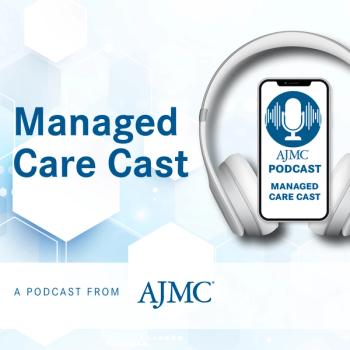
Roflumilast Delivers Speedy Improvement, Significant Itch Reduction in Younger Pediatric Patients: Lawrence F. Eichenfield, MD
Roflumilast 0.05% cream significantly reduces itch and improves atopic dermatitis in young children, explains Lawrence F. Eichenfield, MD.
Captions were auto-generated.
The introduction of roflumilast 0.05% cream (Zoryve; Arcutis Biotherapeutics) for the treatment of
Concerns about long-term use of TCS are legitimate, but "topical steroid addiction or withdrawal syndrome" is very uncommon in pediatrics, explained According to Lawrence F. Eichenfield, MD, professor of dermatology and pediatrics at the University of California San Diego and chief of pediatric dermatology at Rady Children's Hospital San Diego.
Still, this necessity created a clinical need for effective topical nonsteroids. These ideal nonsteroidal treatments should be anti-inflammatory, help alleviate the itch of atopic dermatitis, and be suitable for use in different care regimens, potentially allowing for longer periods of use.
Roflumilast 0.05% cream, a phosphodiesterase 4 inhibitor, was
The clinical studies leading to this approval—INTEGUMENT-PED (
The clinical studies demonstrated speedy improvements in atopic dermatitis. Compared with the vehicle group, these improvements were statistically significant. Specifically, about a quarter of the children using the active treatment achieved the outcome of clear or almost clear skin, coupled with at least a 2-step improvement in their atopic dermatitis. This is notably superior to the 11% of the vehicle group who achieved the same outcome measures. Furthermore, other metrics, such as achieving 75% improvement via the Eczema Area and Severity Index, also showed excellent results.
Newsletter
Stay ahead of policy, cost, and value—subscribe to AJMC for expert insights at the intersection of clinical care and health economics.













































